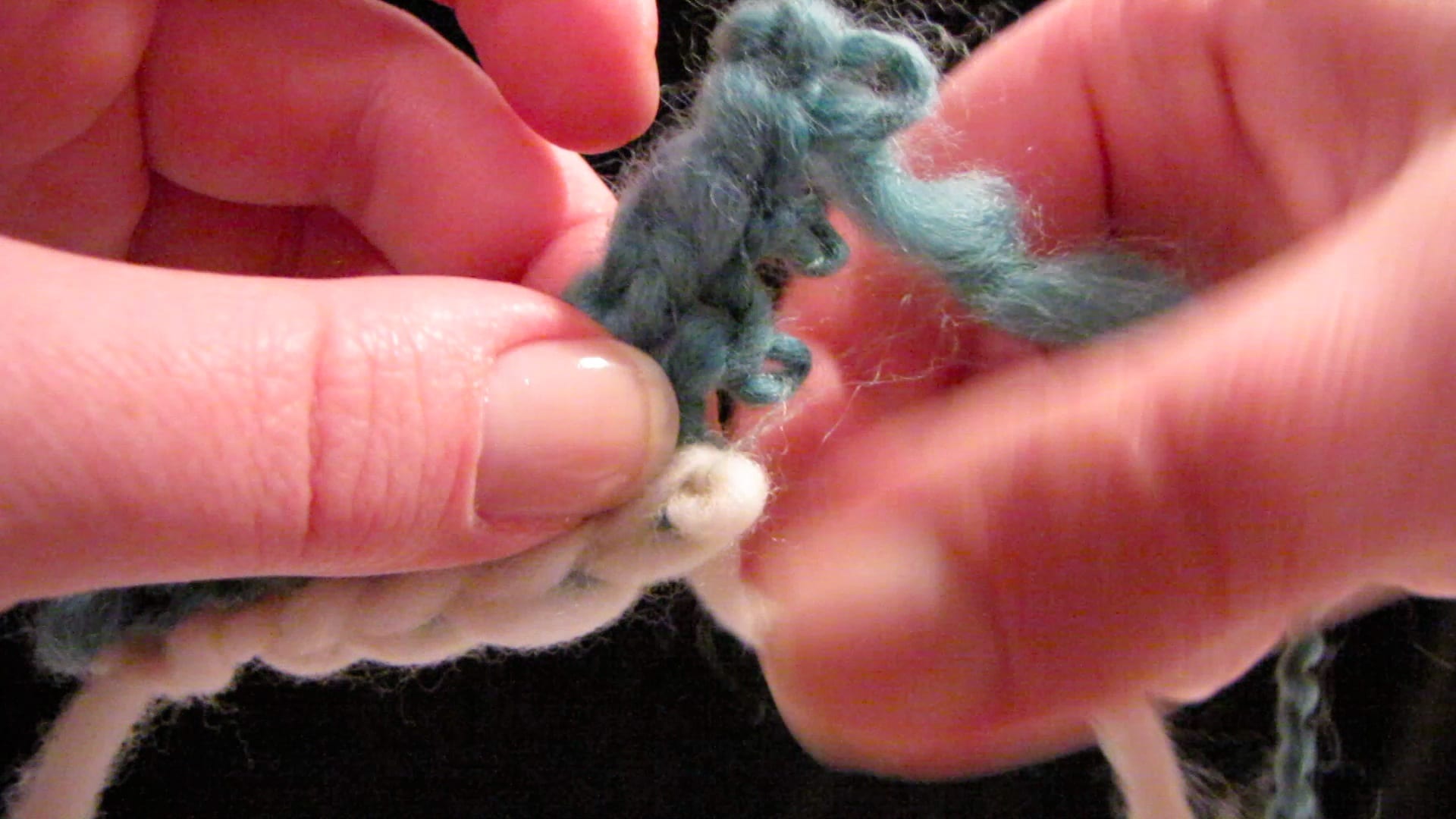
A provisional cast-on is a cast-on that you take out later.
Why would you want that?
Well, if you want to be able to knit from both ends of a project, it’s the perfect way.
The provisional cast-on preserves your stitches as “live stitches” – loops ready to be placed on a needle and knitted at any time.
Whenever your pattern calls for a provisional cast-on, this one will work great.
All you need is some scrap yarn that is close to the same weight as your project yarn, a crochet hook in the appropriate size (it should say on the ball of yarn what size crochet hook to use), and one of your knitting needles.
This is the easiest provisional cast-on I’ve found, for three reasons:
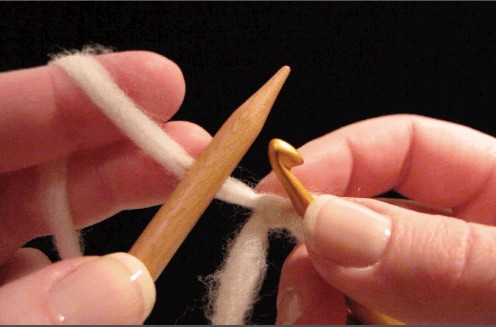
- It only uses one strand of yarn, as opposed to other techniques which require you to hold a piece of scrap yarn along with your working yarn and manipulate them both
- It uses a simple crochet chain to make the cast-on.
- It is very easy to UNDO, which is obviously important.
After I spent 30 minutes picking out my first provisional cast-on, I set out to find the easiest way to do it, and I never looked back.
Designers usually call for a provisional cast-on when they’d like you to be able to seamlessly merge the cast-on edge with the bound-off edge later using Kitchener stitch.
Alternatively, it’s also a good way to knit out from the center of a project and make both halves of the project symmetrical.

KNITFreedom - Provisional Cast On - Cast On With A Crochet Hook
Related Tutorials:
If you liked this tutorial on the provisional cast-on, post in the comments!
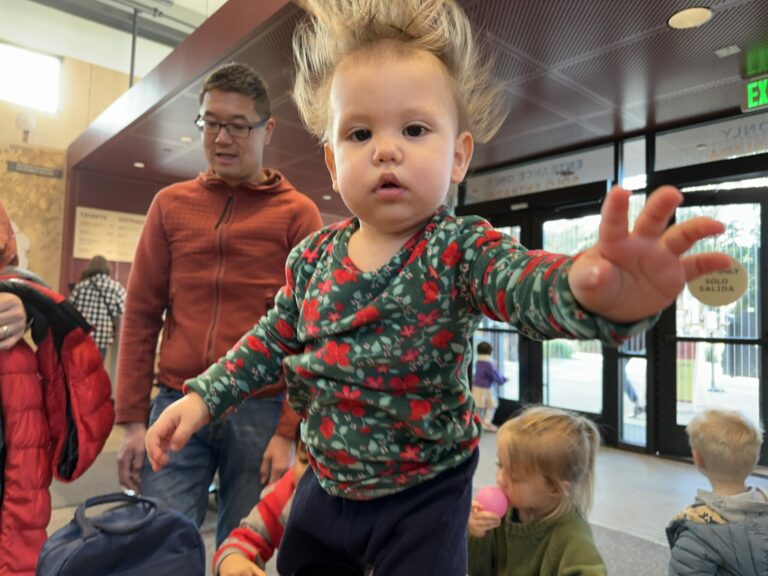
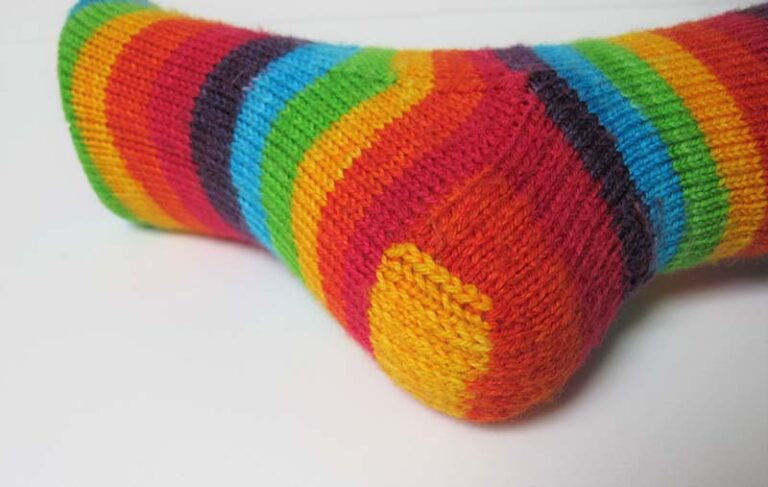
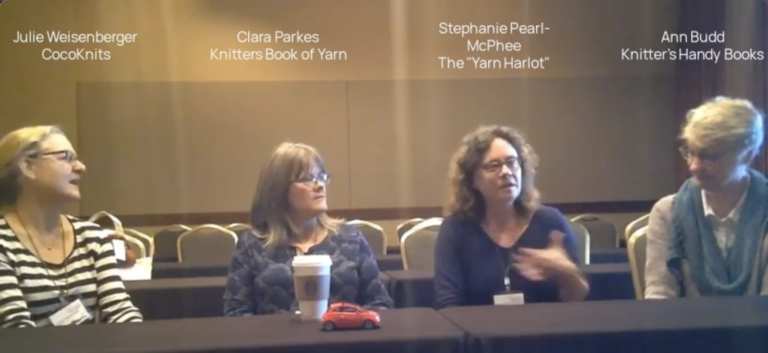
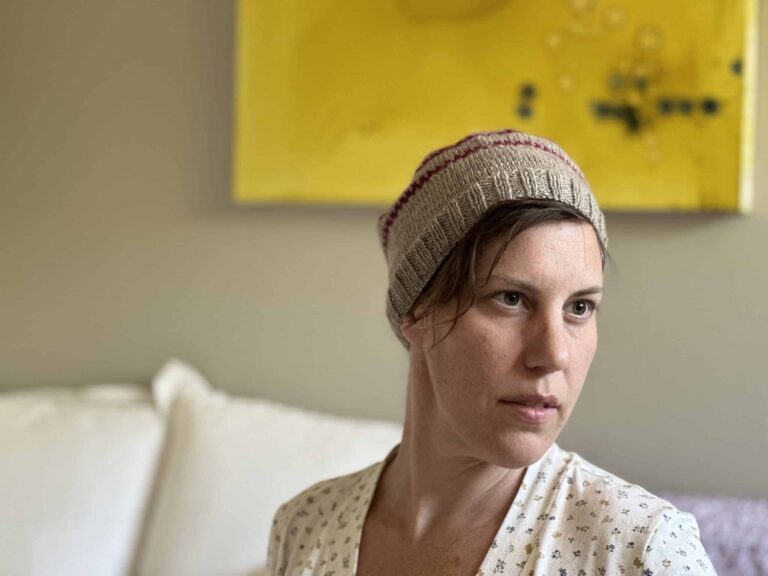
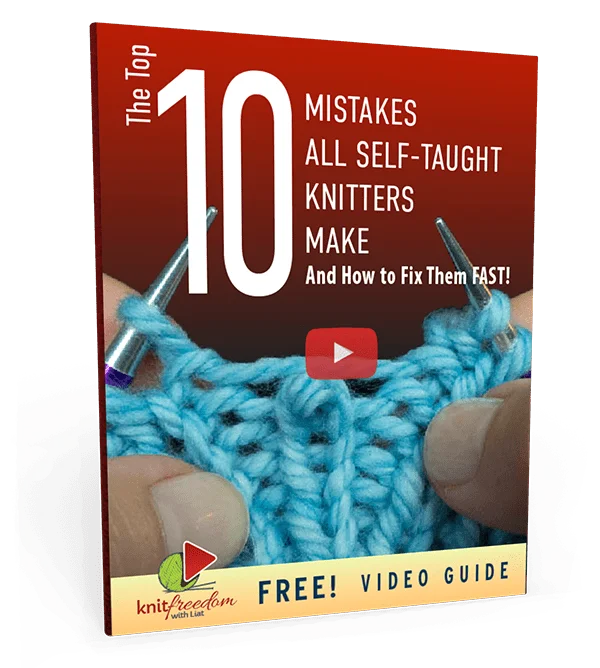

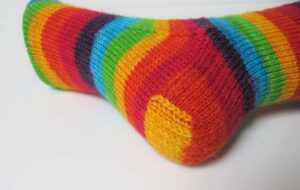
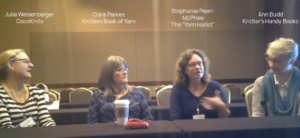

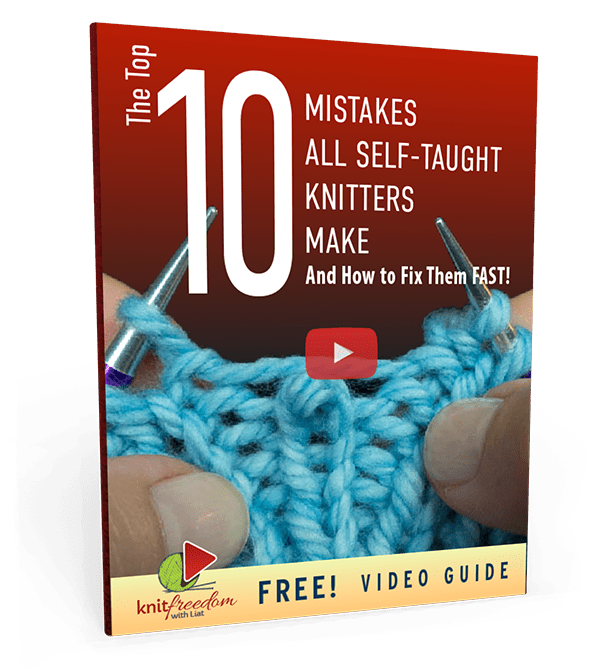
22 thoughts on “Knitting a Provisional Cast-on”
I’m not sure when I learned this cast on but it is now my go-to for most projects. For long cast on’s I make more than I think I’ll need then start from the beginning end with my first row. It’s easy to adjust the stitch count at the other end. It’s also easy to add chain stitches in between the cast on ones. If your project needs a non-stretchy edge then just single crochet the first row.
I still use the provisional cast on that requires working with a length of waste yarn and the sock yarn and lots of ‘it’s all in the wrist’ motions! I tried to teach a group of ladies but it was very difficult with out a set of written directions. When I slow the motions down I loose my rhythm and have to start over! I will show them your method at our next class. Thank you.
Awesome!!!!!!!!! So much easier! Thank you!!!!! This is a HUGE help!
Oh my goodness, you have simplified this so much for me. Thank you!!!
Liat: Once again you’ve saved my fanny. I’ve been fighting with the standard crocheted provisional cast on with no success for about 2 hours. I should have come to you first. You always have the most effective techniques and they are thoroughly explained – not to mention they are simple. You get right to the heart of each technique with no bells and whistles – you just give us what we need to do the job right and to enjoy and be successful in our knitting. Thank you so much!!! Julie
Thanks Liat, I use this cast on for most of my knitting. I love that it gives me a matching edge. I had to watch your video though to realize that instead of putting the last loop on my needle I let it hang.
You are very welcome, Julia. I’m so glad that the video gave you a little reminder about the last loop. :)
Enjoy!
THANK YOU for this clear, high-def, takes-it-slow demonstration! Google’s initial results were awful when I searched for the provisional crochet cast-on. I am so happy I dug deeper and found you, and will definitely be bookmarking this blog.
You are so welcome! I am so glad that you decided to dig a little deeper and landed on KNITFreedom! Welcome!
I really enjoyed your provisional cast on video. It’s the easiest provisional I’ve seen. I practiced and then used it to do a provisional cast on for a k2p2 cowl. When I practiced the cast on and then knit – it unzipped just fine. However, when I did the cast on and then started the k2p2 (as a practice piece), I couldn’t make the unzipping work. It appeared that having a purl in the first row after the cast on entangled the yarn so it wouldn’t unzip. Help! Did I miss something? Is there a way to do it so it will work with ribbed knitting?
Thanks!
Elaine, thanks for asking! We’ve continued the discussion over here in this post on the KNITFreedom forum.
Thanks ! I have always avoided patterns that use the previously-dreaded provisional cast on, because however I tried to do it, the extra loops always tangled up and wouldn’t pull out. This way, there is nothing to tangle! I will fear the technique no more. ;)
Liat, you did a fantastic job on that video. Between the visual and your verbal explanation, I FINALLY ‘get’ the provisional cast-on! I have skipped trying a number of patterns which required that, because I just couldn’t make it work. I appreciate your contribution to the knitting world so very much!
Thanks Renna! I’m so glad you have this skill in your repertoire now. No more skipping patterns!
Thanks for a great video. As soon as I got the Aspen Ice Cowl pattern I had to look on You Tube to figure out the provisional cast on. Yours is the best I’ve seen! On the Aspen Ice Cowl it says that after casting on, continue to use the scrap yarn and P across the first row. What do you do with the loop still on the crochet needle? Could you cast on one less than the pattern calls for and slip the crochet needle loop onto the other needle and then begin the purl row?
Hi Linda,
Thank you! Woo-hoo!
I edited the cowl pattern to remove that first row (turns out it’s not necessary) – you can start the pattern right after the cast-on. I would remove the crochet hook from the loop, but LEAVE the loop there! You’ll want it later when it’s time to pull the end of the yarn and remove the cast-on. If you put the loop on the needle, you won’t be able to pull it out later. So I just leave it hanging there. :)
Just a note – since the Aspen Ice Cowl has K2togs in it, the provisional cast-on won’t be such a breeze to take out, but I still think it’s worth it. I just want you to be prepared.
I am a brand new knitter–haven’t made a project yet, but have been practicing for 2-3 weeks. Will start my new project on Chrsitmas eve. Anyway, great video but I don’t understand why you would do a provisional cast-on just to undo it later? What was Liat trying to do that requires you to undo your cast on? I thought it looked great, why undo it?
Hi Jennifer,
Very astute question! You actually only use a provisional cast-on when you intend to undo it later: in order to get live stitches on your cast-on edge so you can start knitting from that end, too!
For a really good regular cast-on, check out the long-tail cast on video!
Easiest explanation of provisional cast-on I ever saw—much easier than making a crochet chain and then trying to pick up the stitches on your knitting needle. Video quality is great, Congrats on the new camera, Liat.
Thanks y’all! This is the first NEW video I’ve recorded in about two months, and I’m so glad to be”back on the bandwagon!”Thanks for watching and commenting!
another great video Liat! you always have something great to share with knitters of all levels and skills! looking forward to more ways to save time and energy!
Video looks great Liat! I agree with you, the crochet cast on is truly the easiest! I always avoided the provisional cast on like the plague – somehow couldn’t wrap my brain around it and when I did, my brain would let it go again! lol Thanks for your great videos :)